Adzuki Bean
Nuts and seeds are highly nutritious and they are available in a wide range of varieties. Adzuki beans are reddish seeds popular for their nutritional value and commercial viability. They are mainly of two types, basic and Hokkaido beans that are grown all over Japan, China along with United States. These beans are extremely popular as they have enormous health benefits.
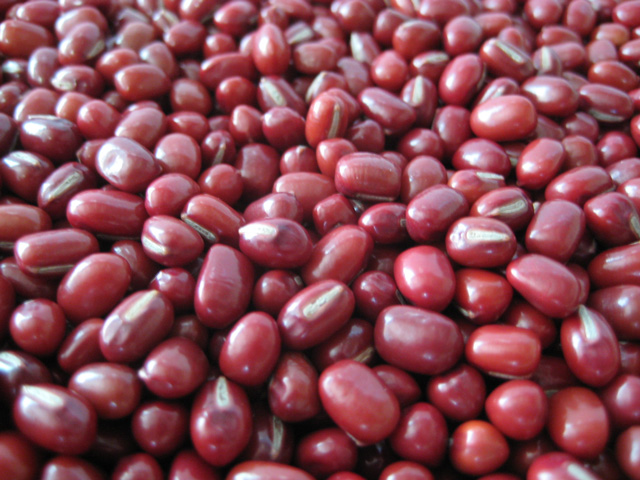
Adzuki Bean
Table Of Content
Adzuki Bean Scientific Name
It is known by the scientific name of Paseolus angularis.
Adzuki Bean Description
These small beans can be distinguished by their color and other physical characteristics like:
Color: Adzuki beans are dark red in color. They can also be of lighter shade of red depending on the type of the beans.
Aroma: They exude a sweet nutty fragrance.
Taste: It has a pleasant sweet taste.
Shape: They appear to be oval, pointed at one end and rounded at another.
Size: They have a diameter of around 5 mm.
Looks: In totality it is red with white ridges on its sides, making it look distinct.
Adzuki Bean Plant Distribution
These healthy legumes come from a plant which might have originated from China, spreading throughout Japan around 3rd to 8th centuries.
Japan has turned out to be one of the largest producers of Adzuki beans. Enormous consumption of these beans can be noticed here. Though prevalent in these Asian nations, they are also cultivated in parts of USA, Africa, New Zealand and India.
Adzuki Bean Cultivation
Adzuki or azuki beans have become an important crop not only in Asian countries but also United States. Following are the conditions required for its growth:
Climate: It grows well in warm climatic conditions. It should never be subjected to frost as it adversely affects their growth.
Soil: A rich organic soil is best suited for cultivating these beans. It should also be well drained.
Germination: They take around 15 to 20 days to germinate, though that varies according to the season and place.
Maturity: It takes around six months to mature and become ready for harvest.
Harvest: They have a late harvest period when compared to other beans that are eaten. These seeds can be harvested by the middle of September.
Adzuki Bean Nutritional Facts
230 g of adzuki beans which measures up to 1 cup cooked beans have great nutritional value.
| Fiber | 16.8 g |
| Calories | 294 |
| Protein | 17.3 g |
| Total fat | 0.23 g |
| Carbohydrate | 57 g |
| Iron | 4.6 mg |
| Zinc | 4.0 mg |
| Potassium | 1223 mg |
| Folic acid | 278 mcg |
| Magnesium | 119.6 mg |
Adzuki Bean Health Benefits
Here are some of the health benefits that you can derive from these nutritional seeds.
- These seeds are packed with a number of essential nutrients that immensely boost the body to fight against infections.
- They are high in soluble fiber and thus azuki sprouts are excellent for health as they help in easy bowel movements.
- Fiber in the adzuki beans also helps the body get rid of cholesterol and toxins from the body, keeping it healthy.
- They are very popular therapeutic beans known for their healing powers curing a number of ailments.
- These beans help in keeping the kidneys fit and improve flow of urine.
- From iron, zinc, copper, manganese, vitamins to potassium, the beans are a storehouse of many minerals which help in the proper functioning of the body.
- Their consumption can lower blood pressure in a natural way since they have a high content of potassium and are low in sodium.
- They are storehouse of proteins hence these beans can be consumed by vegetarians fulfilling their protein requirement from them.
- These beans are ideal for people on diet as they are low in fat and calories, yet highly nutritious.
- Azuki beans can be easily digested as they have a lot less fat than any other legumes.
- These beans are effective in keeping the heart healthy by reducing cholesterol build-up in the body.
- Protease inhibitors present in the beans stop the growth of cancerous cells in human body.
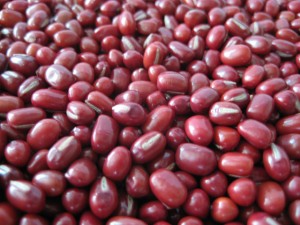 Picture 2 – Adzuki bean Picture
Picture 2 – Adzuki bean Picture
Adzuki Bean Uses
These seeds have a number of usages as food and medicines.
Edible Uses
They have varied edible uses for which they can be soaked overnight or a couple of hours to obtain optimum results.
- These beans have varied usages in Chinese and Japanese cuisine. From confectionaries to vegetables, they are extensively used.
- These sweet beans are more recommended as paste which is made by first boiling and then battering them into thick paste. Sugar syrup is added to it for enhancing its taste.
- Adzuki bean paste is the chief ingredient in making Yokan, which is a popular dessert.
- They can also be prepared like pop corns and is eaten as a snacking item.
- A meal can also be made by grinding them after properly drying them.
- Owing to its highly nutritious bearing and less cooking time, they are often a preferred choice in kitchens worldwide.
- They can be used in the making of a popular ice cream flavor.
- They are also used in Indian food preparations like ‘chaats’.
Medicinal Uses
Some of its medicinal uses can be noted:
- Chinese medicine has benefitted immensely from these nutritional beans.
- According to Kampo traditional medicine, regular intake of the juice extracted from the beans help in averting hypertriglyceridemia in young women.
- Another Chinese medicine, called Shozu-to, also use these beans for treating nephritis, beriberi and other ailments owing to their laxative and antidotal properties.
Adzuki Bean Recipes
It is widely used in the preparation of several dishes.
- Be it New Year or any other occasion in China, dumplings and moon-cakes are filled with this delicious bean paste.
- Another festive recipe would be Red Rice or Sekihan, which is prepared by steaming sticky rice with these beans.
- A popular ‘Orient’ way of cooking these beans is by cooking them till tender along with coconut milk.
- These are also widely used for making corn tortillas in Southeastern cuisines.
 Picture 3 – Adzuki bean Recipes
Picture 3 – Adzuki bean Recipes
Adzuki Bean Storage
These edible beans can be stored in food grade polyethylene bags which keep them fresh for a year or even more. When they are stored in sealed containers devoid of oxygen, at lower temperatures they stay for many years.
Though it can be stored for a long time, it has been found that after a couple of years its nutritional value decreases.
Adzuki Bean During Pregnancy
It can be taken during pregnancy to obtain necessary folate and other essential nutrients. Sprouted adzuki seeds are good during pregnancy as they help eliminate problems like bleeding and appearance of blood in stools.
Adzuki Bean Side Effects
Though there are no serious side effects of these beans but like any other beans they may cause gas if not properly steamed to get rid of flatulence causing components. Consuming them in lesser amounts can solve this issue.
Adzuki Bean Buy
You can buy these nutritious seeds in powdered or whole form from any Asian market. They are also sold through online stores at a price of $6 for 2 lbs.
Due to their extremely high nutritional quality, these beans are readily used in everyday life. Studies suggest that these beans were first used in East Asia and then it spread elsewhere in hybrid form.
Adzuki Bean Interesting Facts
- Cuisines from East Asia mostly use these beans to cook up desserts.
- These are poisonous for dogs.
- Oil from these beans can be used instead of mink oil as it has higher palmitoleic acid.
- In Japan, Pepsi released its new version of drinks having flavor of azuki, in the year 2009.
Adzuki Bean Pictures
These beans are very well depicted in these pictures listed here.
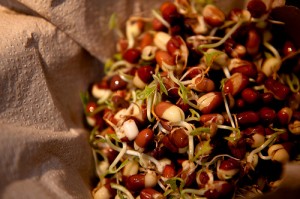 Picture 5 – Adzuki bean Sprouts
Picture 5 – Adzuki bean Sprouts
Reference:
http://lifestyle.iloveindia.com/lounge/health-benefits-of-adzuki-beans-6647.html
http://www.hort.purdue.edu/newcrop/afcm/adzuki.html
http://corn.agronomy.wisc.edu/Crops/AdzukiBean.aspx
https://www.healthline.com/nutrition/adzuki-beans
http://www.ncbi.nlm.nih.gov/pmc/articles/PMC2459248/
https://extension.usu.edu/preserve-the-harvest/files/Food-Storage-Booklet.pdf
- by Jaysmita Sarkar
- April 25th 2012

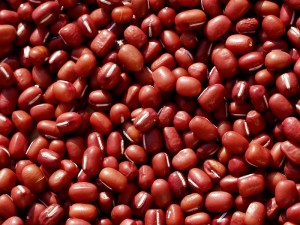
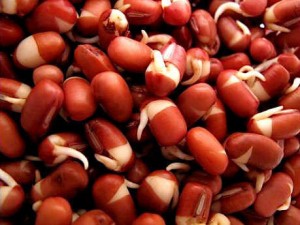
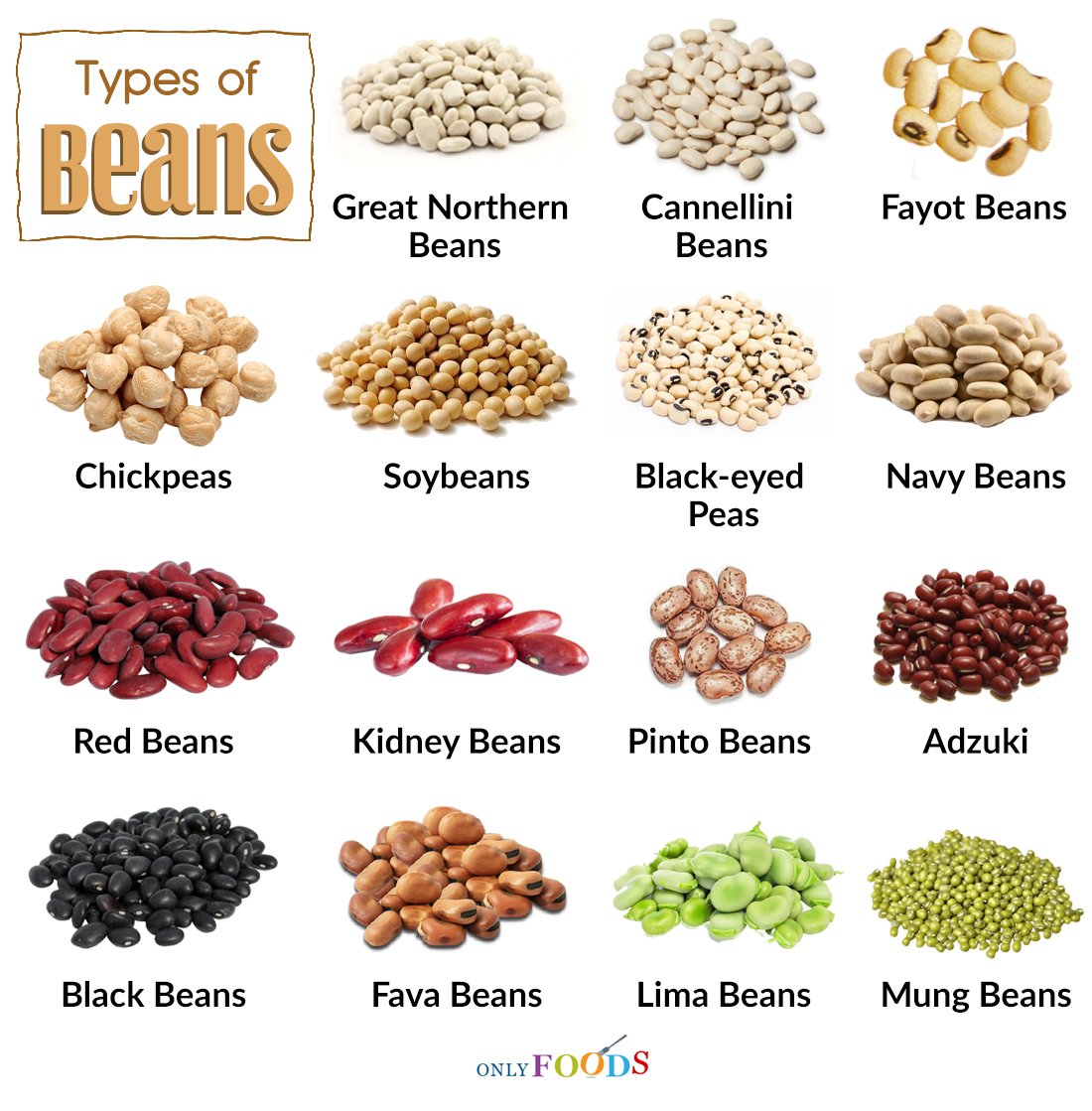
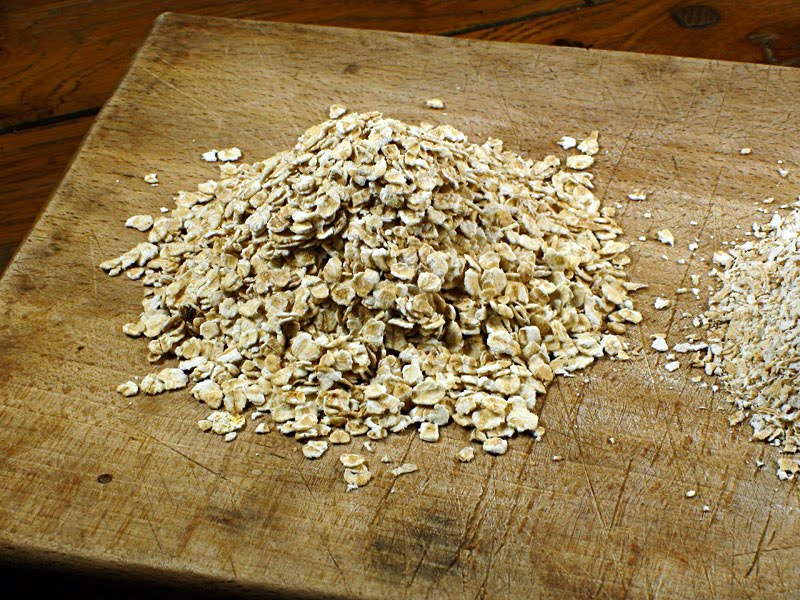
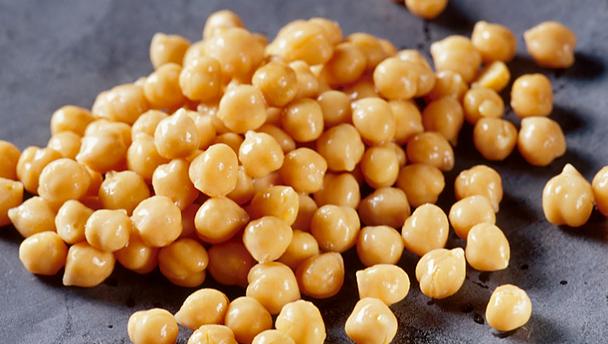
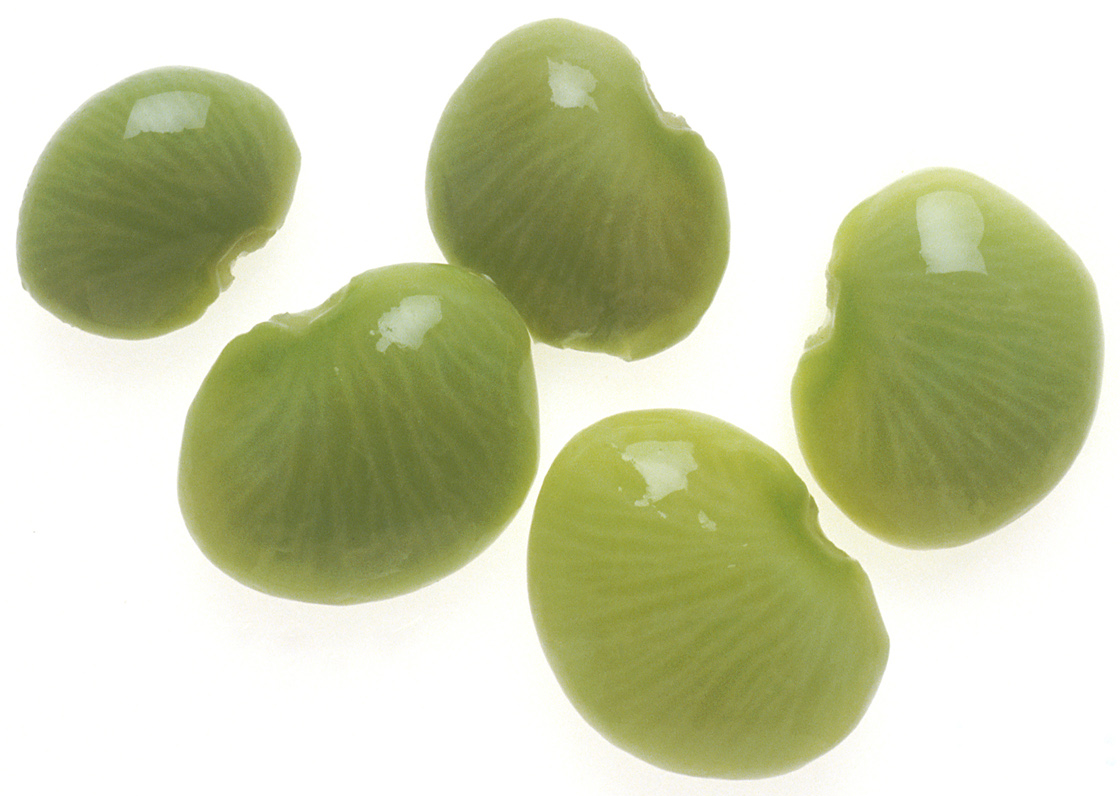















Leave a Reply